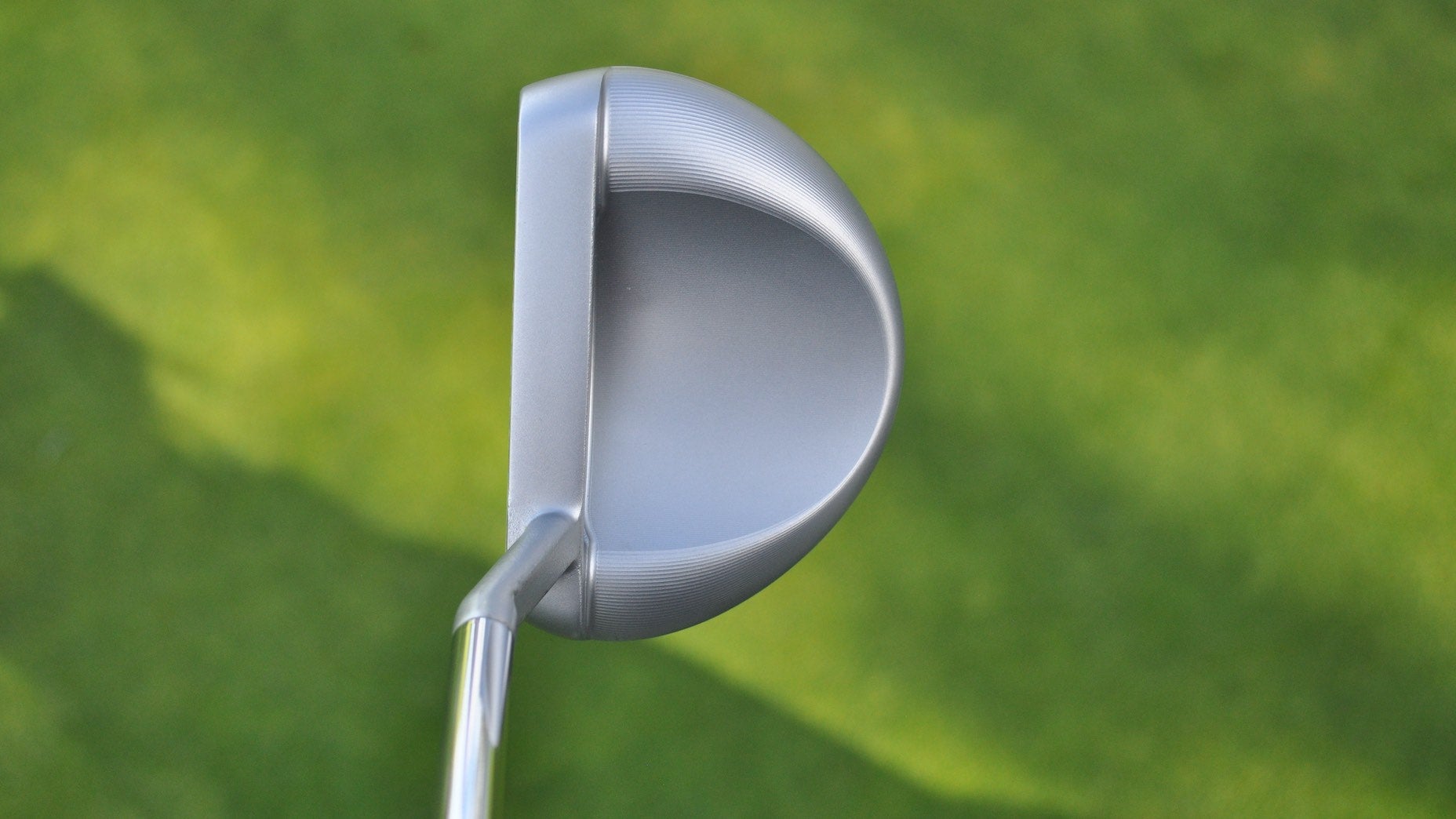If a golfer is searching for a new putter, chances are their current gamer isn’t behaving. Unless you’re a gear junkie of the highest order — or Hideki Matsuyama — no one is seeking out a new putter when everything is clicking. Consistency and confidence are two things every golf craves in large doses on the greens.
We’d all love to have Brad Faxon’s stroke or Tiger Woods’ ability to bury big-time putts, but it’s important to remember even the best putters in the world occasionally need a break from their trusty gamer. In recent years, we’ve seen mallets become the go-to option for pros struggling on the greens.
What was once a distant second to the Anser-style blade in terms of putter popularity, mallets of all shapes and sizes have flipped the script in the last decade. With mallet usage increasing on Tour — even Tiger has dabbled in the mallet space over the years — the trickle-down effect has led to more amateurs embracing mallets.
Similar to the benefits a 460cc driver provides, switching to a putter with a larger profile can have numerous benefits, especially if you sport a mid-to-high handicap. The heavier head on a mallet putter is designed to do a few things better than a blade.
For starters, increasing the overall weight and pushing mass to the perimeter will increase Moment of Inertia, a measure of forgiveness that affords you the ability to be less precise with contact and still achieve a similar rollout. The additional mass also reduces the amount of unwanted twisting that typically goes on when a putt is hit off-center.
When combined, these two benefits increase your chances of making the putt with an inconsistent stroke.

“I see more mallet used for both alignment and forgiveness,” said Fully Equipped co-host Ryan Barath. “I don’t think we realize how much higher handicap golfers miss it all over the putter face — by large margins. And when you’re talking about forgiveness, I don’t think golfers understand how much mallet putters benefit these players. So when the best players in the world say they want more forgiveness on shot putts or alignment or more consistent ball speed on putts outside 25 feet. When you miss around the face on those longer strokes, you can see why when you get closer to the hole how that could benefit the better player as well.”
While the benefits are numerous, simply plucking a mallet from your local golf shop won’t guarantee you’ll make more putts. As Kris McCormack, True Spec’s vice president of tour and education, noted on the podcast, getting fit for a mallet will ensure you not only have the best mallet head for your game, but a neck to match your stroke.
“I wish people would spend more time and actually consider getting fit for a putter,” said McCormack. “That’s our lowest category by far, but it can make a huge difference on consistency — and immediately take strokes off your game. You don’t have to do anything to your swing, just get fit for the right putter.”
Mallet putters aren’t foolproof, but as we’ve seen longtime blade users on Tour embrace mallet putters and find the winner’s circle, it continues to reinforce the belief that every golfer should at least try a mallet to see if it fits their game.
“Just remember that even Tour players under pressure don’t strike the ball in the exact same place,” commented Golf Laboratories founder and CEO, Gene Parente. “[I think a mallet is] something that can benefit every golfer.”
Want to overhaul your bag for 2022? Find a fitting location near you at GOLF’s affiliate company True Spec Golf. For more on the latest gear news and information, check out our latest Fully Equipped podcast below.









